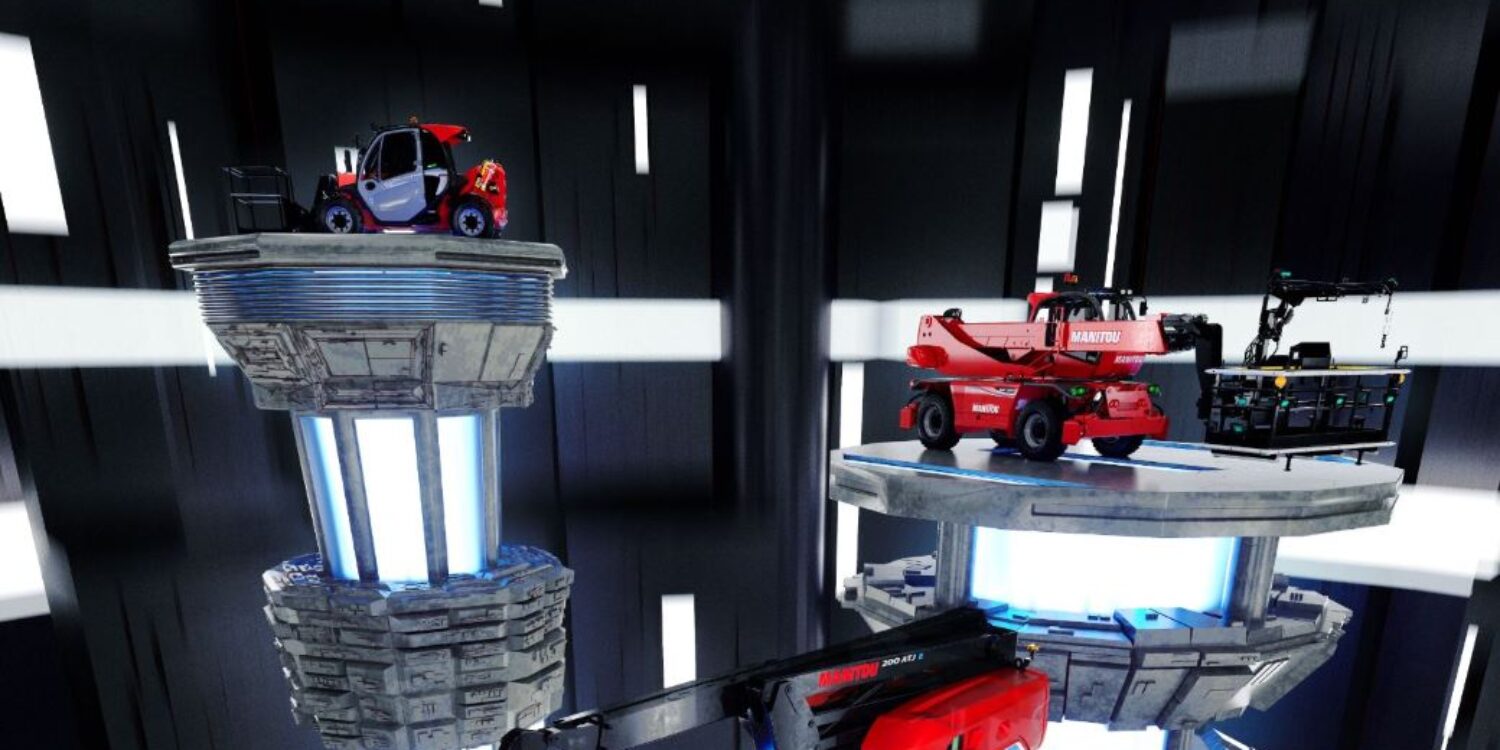The fight to limit global warming is today a battle being waged worldwide by public organizations, economic players and citizens. Companies have an essential role to play in this fundamental movement.
Acutely aware of its responsibilities, Manitou Group has chosen to place the « low-carbon trajectory » pillar at the heart of its CSR approach and announced in early 2022 its commitment in this area, with two major objectives for 2030. To reduce its direct and indirect carbon emissions (scopes 1 and 2) by 46,2%, while reducing by 33,7% the CO2 emissions linked to the use of machines (scope 3), which alone represent 89% of the total emissions generated.
This low-carbon trajectory has been validated by the Science-Based Target initiative (SBTi), a leading independent body led by four international organizations. These scientific targets pave a clear path for us to reduce our emissions and ensure the sustainability of our model in a low-carbon world, alongside our customers, our suppliers and our partners. Manitou Group will thus ensure transparency by monitoring and reporting annually on its progress.
The various actions taken to reduce the environmental impact of the group’s activities and products constitute an excellent opportunity to innovate in terms of energy transition and, ultimately, earn new market share.
At the end of 2022, Manitou Group presented its hydrogen approach and the world’s first prototype of a telehandler using a fuel cell. This machine, dedicated to construction, will be tested and made available on worksites to benefit from valuable feedback from users. With this hydrogen solution, the group is highlighting its capacity for innovation, offering its customers the solution best suited to their needs, without the slightest compromise on performance.





